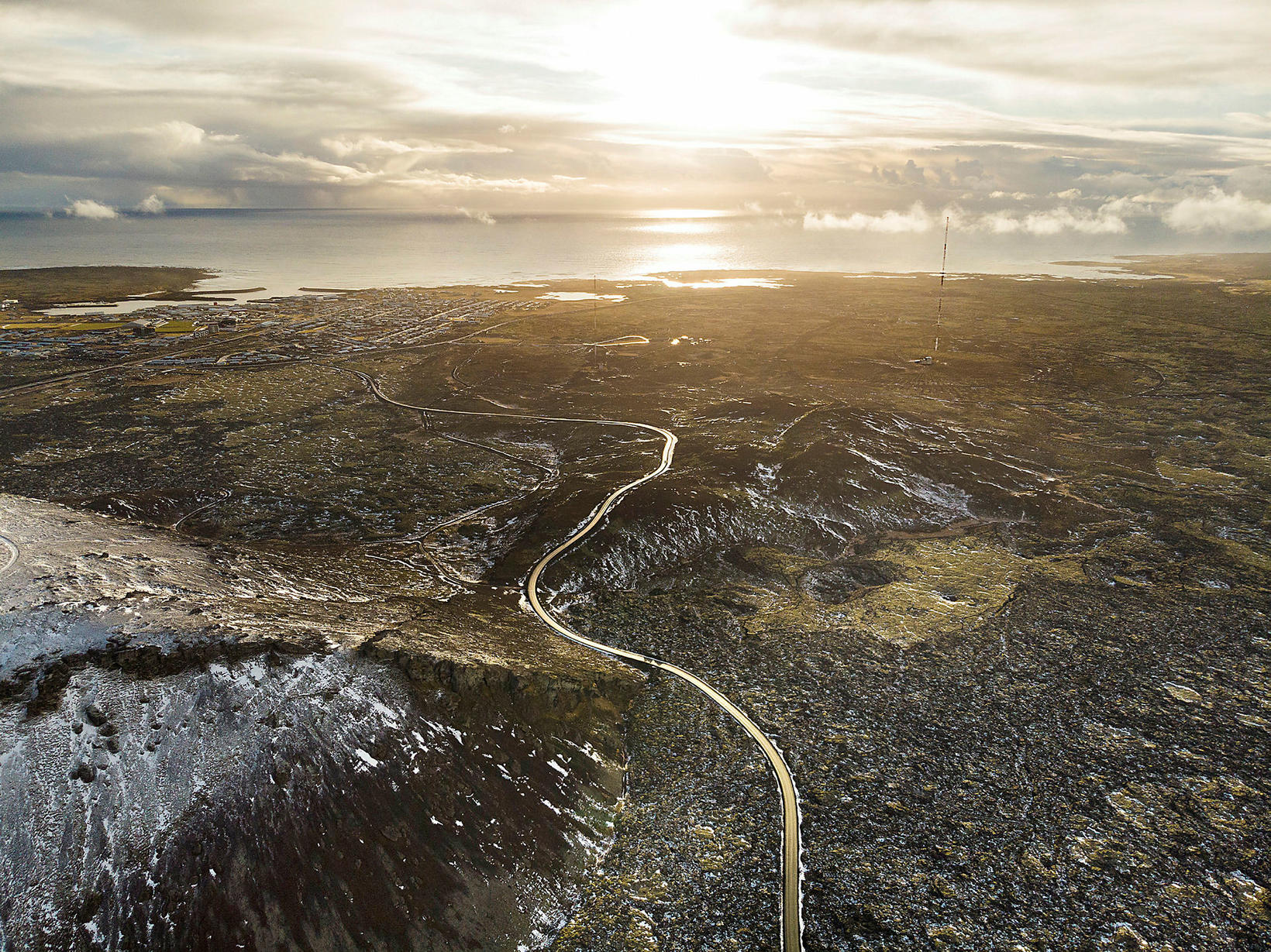Inflation continues to be steady
In the last measurements, from July 2, 4 to 6 million cubic meters of magma had accumulated in the magma chamber. mbl.is/Kristinn Magnússon
The magma accumulation under Svartsengi is now eight million cubic metres and the inflow is steady. This is what Lovísa Mjöll Guðmundsdóttir, a natural hazard specialist at the Icelandic Met Office, says to Morgunblaðið.
She says that there is little change between measurements, but in the last measurements, from July 2, 4 to 6 million cubic meters of magma had accumulated in the magma chamber.
“This is not a big change from the last measurements. It’s rather stable and it takes a while to see the jumps,” she says, adding that the last measurements assumed that magma-runs, volcanic eruptions or both would start in three to six weeks, but it’s difficult to estimate when that will happen.
More magma needed every time
Benedikt Gunnar Ófeigsson, head of deformation measurements at the Icelandic Meteorological Office, agrees with this scenario. He says the trend is such that with each eruption, a larger volume of magma is needed for the next one to start.
“It’s hard to say much about this. We’re talking about the next few weeks or months. The development has been that every time you need more magma. But there’s also uncertainty about whether this development will continue. We just don’t know. So the uncertainty period will continue,” he says, adding that the magma chamber needs to be filled a little more before a volcanic eruption starts.
200 earthquakes
When magma accumulates, the land rises because of the magma accumulation volume. As a result, the inflation at Svartsengi has continued at a similar rate in recent days.
Almost 260 earthquakes have been measured on the Reykjanes peninsula in the past week, 20 of them at the magma intrusion. The largest one was 1.3 magnitude, west of Grindavík town. Most earthquakes were measured around Kleifarvatn lake, more than 40 east of the lake and more than 60 west and southwest of the lake. This is similar activity to the last two weeks.
A new hazard assessment was carried out for the area on July 9 and it is virtually unchanged but the risk of lava flow in Svartsengi has decreased.









